X-Ray Spectroscopy
X-ray spectroscopy is element-specific, used to directly examine a wide variety of solid and liquid samples non-destructively. The high-energy x-rays irradiate the sample and are absorbed by atoms within the sample. As absorption is discrete, the absorption energy required corresponds to the binding energy of the electron in the material. Once absorbed, the electron is ejected, allowing it to interact with the surrounding atoms to produce a spectrum.
X-ray absorption spectroscopy is commonly divided into two spectral regions:
- X-ray absorption near-edge structure (XANES) spectral region
- Extended x-ray absorption fine structure (EXAFS) region
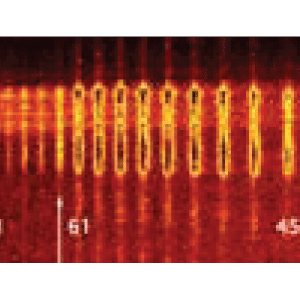
Direct X-ray Detection
SOPHIA-XO
X-ray spectroscopy is sample dependent, so requires high quantum efficiency and experimental flexibility. The SOPHIA-XO offers excellent >95% quantum efficiency over the large energy range 5 ev – 30 keV, with high frame rates and multiple port readouts.
To ensure all x-ray signal is captured, the SOPHIA-XO comes with large sensor formats available either as a 2k x 2k or a 4k x 4k. The SOPHIA-XO also offers low read noise for high resolution x-ray spectroscopy studies, ensuring a reduction in overlapping peaks. With deep-cooling technology the SOPHIA-XO allows for the detection of the faintest of x-ray signals.
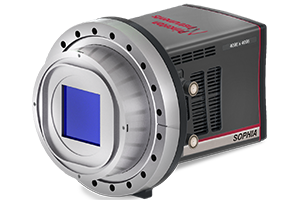
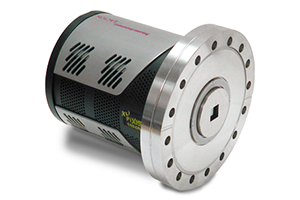
PIXIS XO
X-ray spectroscopy encompasses a wide range of x-ray energies, all which require high resolution and sensitivity to obtain all chemical composition information. The PIXIS XO offers excellent resolution and sensitivity over the energy range of 30 eV – 20 keV.
The PIXIS XO comes with a wide selection of CCDs without antireflective coating for ultimate experimental flexibility. The ultra-high-vacuum-seal design further enhances the flexibility of the PIXIS XO, with software-selectable gains and readout speeds.
PI-MTE3
The PI-MTE3 can be used fully in-vacuum, including the cooling and electrical cables, giving exceptional reliability for flexible camera placement within a vacuum chamber. Offering both 2k x 2k and 4k x 4k deep-cooled CCD sensors, the PI-MTE3 is highly sensitive over the 10 eV 30 keV energy range.
The PI-MTE3 is liquid cooled, resulting in low dark current over long integration times, for detection of faint x-ray signals. With 7-10x higher resolution than previous PI-MTE generations, the PI-MTE3 achieves 3 full fps at 2k x 2k resolution for faster readout times.
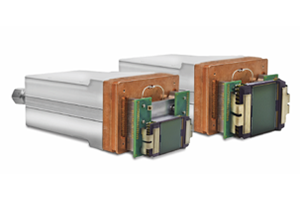
Indirect X-ray Detection
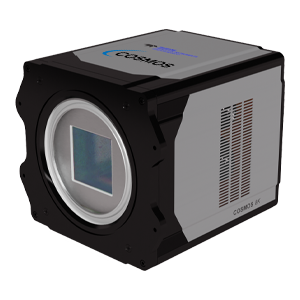
COSMOS
The COSMOS large format CMOS camera offers superior sensitivity, low noise, and fast frame rates for indirect x-ray detection. COSMOS offers 3k x 3k, 6.5 k x 6.5k, and 8k x 8k resolution CMOS sensor options, all while maintaining low-noise performance.
With both a wide dynamic range, and unsurpassed linearity, COSMOS is able to provide exceptional quantitative precision across all measurements, even for faint signals. Deep cooling of COSMOS reduces the thermal dark current noise generated from long exposure times, essential for accumulating weaker signal.
PIXIS XF
The PIXIS XF has an inbuilt phosphor screen, allowing for the detection of indirect x-rays. It comes with either a front- or back-illuminated CCD sensor options, covering x-rays in the energy range < 3 keV to > 20 keV.
With a unique mechanical design, the PIXIS XF offers outstanding flexibility, optimizing performance for x-ray spectroscopy.
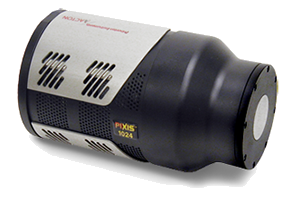
Spectrometers for X-Ray Spectroscopy

TriVista
X-ray spectroscopy is a technique which requires ultimate precision. The TriVista offers superb resolution, and excellent imaging alongside stray light suppression. As x-ray spectroscopy is an analytical technique, any stray light present will compromise signal and effect results.
The TriVista is a set of three spectrometers comprised of the SpectraPro family spectrometers. This offers high flexibility without reducing performance, operating from 200 – 2200 nm.
